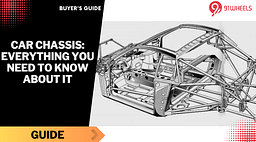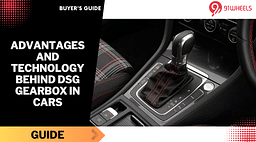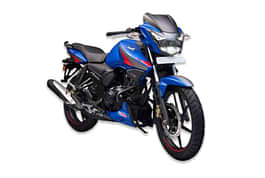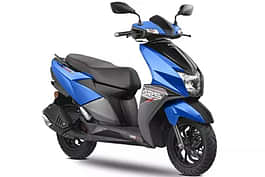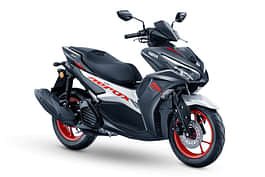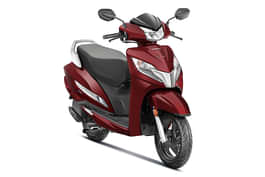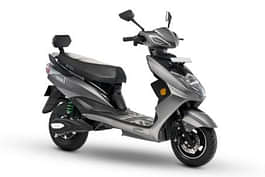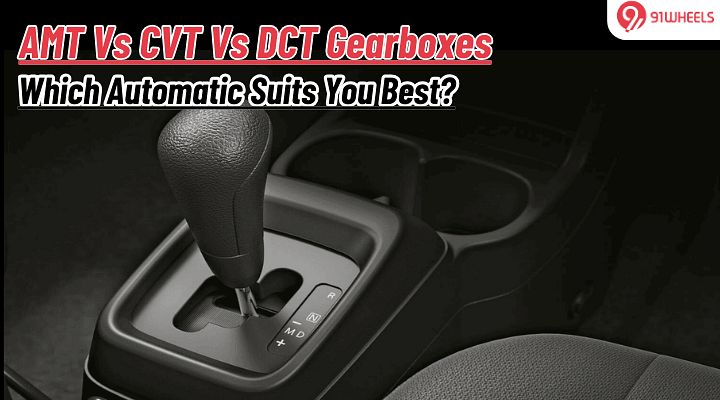
KEY HIGHLIGHTS
- AMT: Affordable, manual-like, less smooth shifts.
- CVT: Smooth, efficient, droning under heavy throttle.
- DCT: Fast shifts, sporty, costly maintenance.
- AMT suits budget-conscious, CVT for commuters.
- DCT ideal for performance-driving enthusiasts.
AMT Vs CVT Vs DCT: Automatic transmissions have transformed driving, offering convenience and ease over manual gearboxes. However, not all automatics are created equal. Automated Manual Transmission (AMT), Continuously Variable Transmission (CVT), and Dual-Clutch Transmission (DCT) each bring distinct characteristics to the table and a different type of driving experience. This article talks about these three types, their mechanics, strengths and trade-offs, helping you decide which suits your driving style and needs. Check out every detail below and make sure to join our 91Wheels WhatsApp Community to stay updated on the latest automotive news.
Read more: Renault Opens Its Second-Largest Design Studio in Chennai: Details
AMT Vs CVT Vs DCT: Understanding the Basics
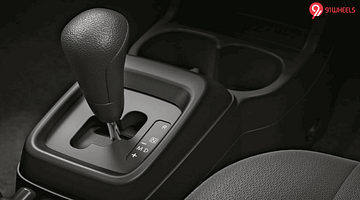
Each transmission type operates differently, impacting performance, efficiency, and driving feel. Here's a look at how they work:
Automated Manual Transmission (AMT)
An AMT is essentially a manual gearbox with an automated clutch and gear-shifting mechanism. A control unit manages gear changes, eliminating the need for a clutch pedal. It retains the core structure of a manual transmission, making it cost-effective but less seamless in operation.
Continuous Variable Transmission (CVT)
A CVT uses a belt or chain running between two pulleys to provide an infinite range of gear ratios. Unlike traditional transmissions with fixed gears, a CVT adjusts continuously, keeping the engine in its optimal power band. This results in smooth acceleration but can feel unconventional to some drivers.
Dual-Clutch Transmission (DCT)
A DCT employs two separate clutches - one for odd gears and one for even gears - allowing lightning-fast gear shifts. It pre-selects the next gear, minimising power interruption during changes. This makes DCTs popular in performance vehicles, though they are complex and costly to maintain.
Driving Experience

The way a transmission feels behind the wheel is a key factor in choosing the right one. Whereas, AMTs deliver a budget-friendly automatic experience but often lack refinement. Gear shifts can feel jerky, especially in stop-and-go traffic, as the system mimics manual gear changes without driver input. However, modern AMTs have improved, offering smoother transitions for casual driving.
On the other hand, CVTs prioritize smoothness, with no discernible gear shifts. Acceleration feels linear, almost like an electric vehicle, which suits relaxed drivers. However, under heavy throttle, CVTs can produce a droning engine note as the engine revs high, which some find off-putting.
In contrast, DCTs shine in dynamic driving. Their rapid gear changes provide a sporty, engaging feel, making them ideal for enthusiasts. In traffic, DCTs are generally smooth, though some models may exhibit slight hesitation at low speeds.
Performance and Efficiency

Performance and fuel economy are critical considerations, and each transmission type has its strengths. AMTs are efficient due to their manual-like mechanics, with minimal power loss. However, their performance is limited by slower shift times, making them less suitable for spirited driving. They excel in small cars where cost and fuel economy are priorities.
CVTs on the other hand, optimise fuel efficiency by keeping the engine at its most efficient RPM. They are less suited for high-performance applications, as the belt-driven system can't handle extreme torque. Still, for daily commuting and city driving, CVTs offer excellent mileage.
DCTs balance performance and efficiency. Their quick shifts maximise power delivery, enhancing acceleration, while modern DCTs achieve impressive fuel economy in eco modes. However, their complexity can lead to higher fuel consumption in aggressive driving scenarios.
AMT Vs CVT Vs DCT: Cost and Maintenance
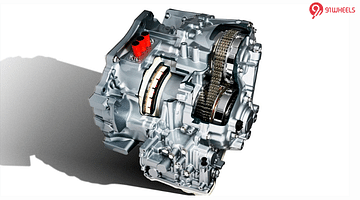
Budget plays a significant role in car ownership, from purchase price to long-term upkeep.
AMTs are the most affordable, both in initial cost and maintenance. Their similarity to manual transmissions means repairs are straightforward and parts are widely available. This makes AMTs popular in entry-level cars.
CVTs are moderately priced but can be expensive to repair. The belt or chain may wear out over time, and specialised components require skilled technicians. Regular maintenance, like fluid changes, is crucial to ensure longevity.
DCTs are the priciest, reflecting their advanced technology. Repairs, especially for the dual-clutch system, can be costly, and not all mechanics are equipped to handle them. However, their durability is generally high with proper care.
AMT Vs CVT Vs DCT: Which Transmission Suits You?

Choosing the right automatic depends on your priorities and driving habits. If affordability and low running costs are your focus, an AMT is a practical choice. It's ideal for first-time car buyers or those navigating tight budgets, especially in compact hatchbacks or sedans designed for city use.
For those who value smoothness and fuel efficiency, a CVT fits the bill. It's perfect for daily commuters who prefer a relaxed drive and want to save on fuel, particularly in small to mid-size SUVs or sedans. And if performance and driving engagement matter most, a DCT is the way to go. Enthusiasts or those with sporty sedans and performance cars will appreciate its responsiveness, though they should be prepared for higher costs.
Read more: Hyundai Unveils Its Next-Gen Hybrid System: India Bound?
Verdict
Advancements in transmission technology continue to blur the lines between these systems. Modern AMTs are smoother, CVTs are tackling the drone issue with simulated gear steps, and DCTs are becoming more accessible. Hybrid and electric vehicles are also reshaping the landscape, with many bypassing traditional transmissions altogether.
Ultimately, test-driving vehicles with each transmission type is the best way to determine your preference. Consider your budget, driving environment, and how much you value performance versus comfort. By aligning these factors with the characteristics of AMT, CVT, or DCT, you will find the automatic that feels like it was made for you.












